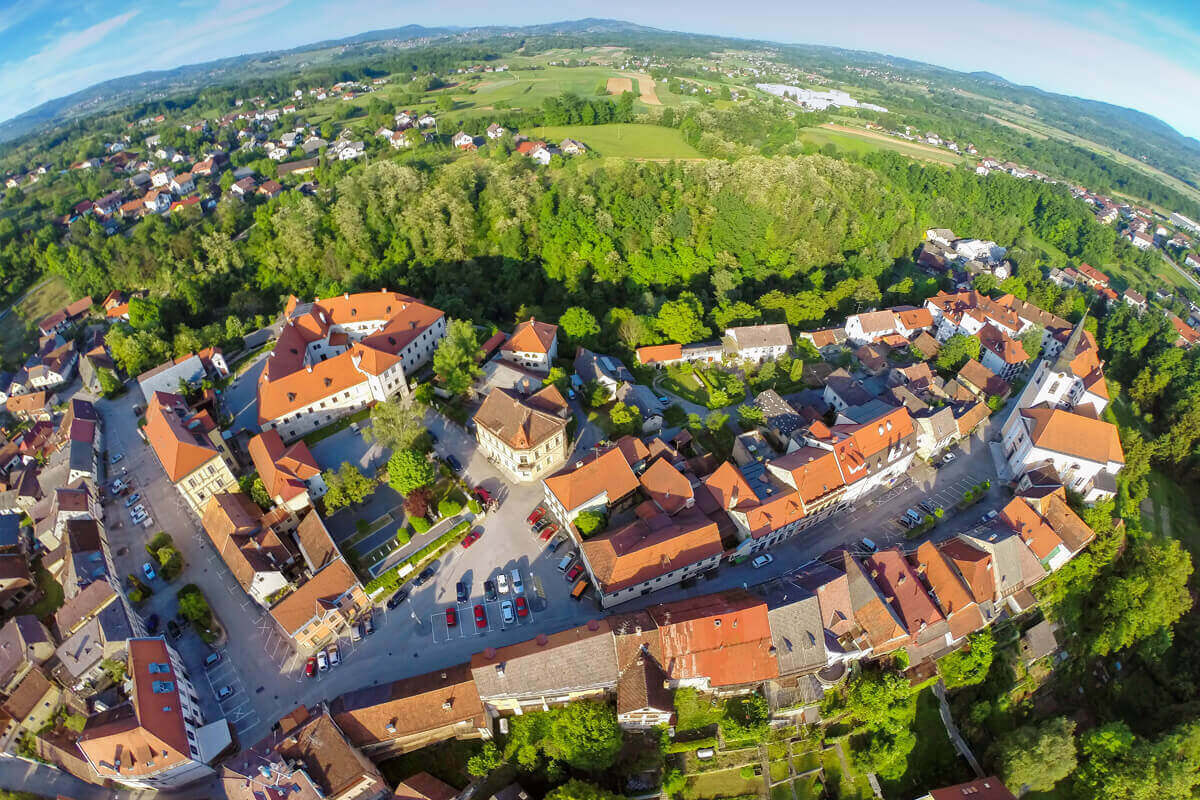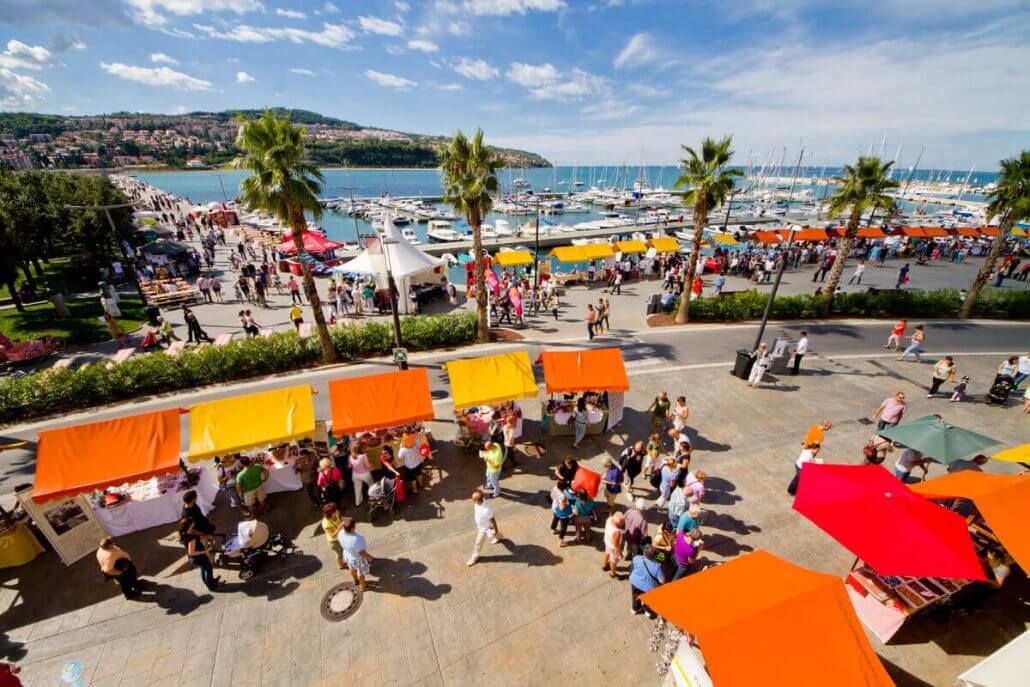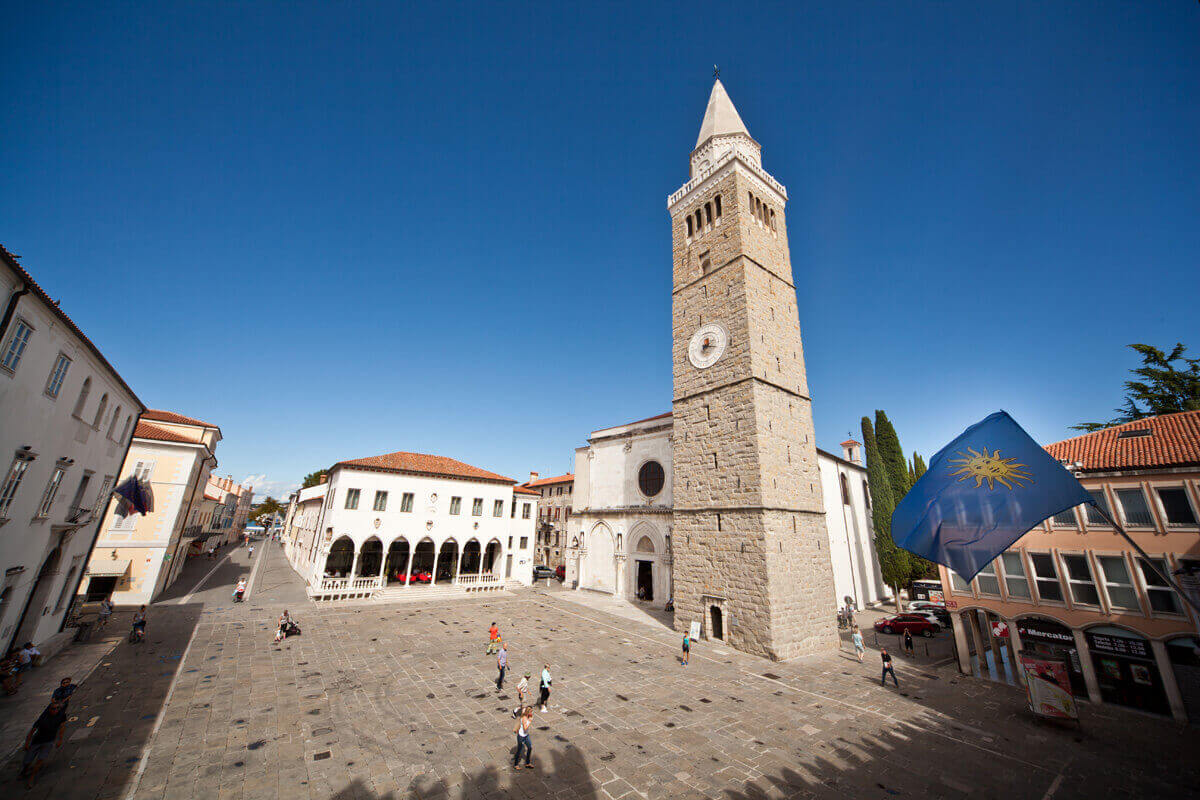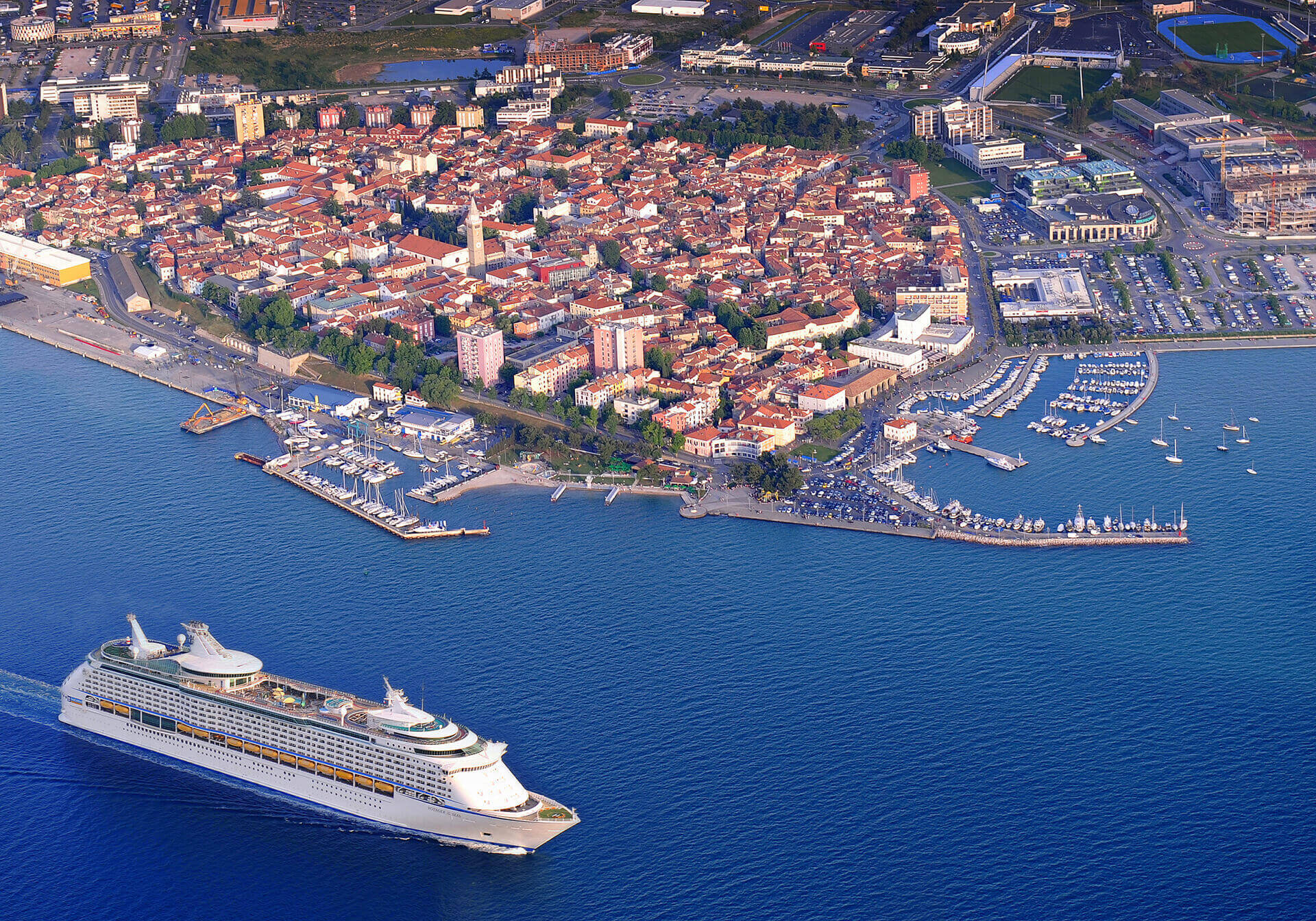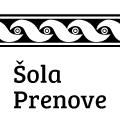TIC METLIKA
What to see in this city?
Get to know the city
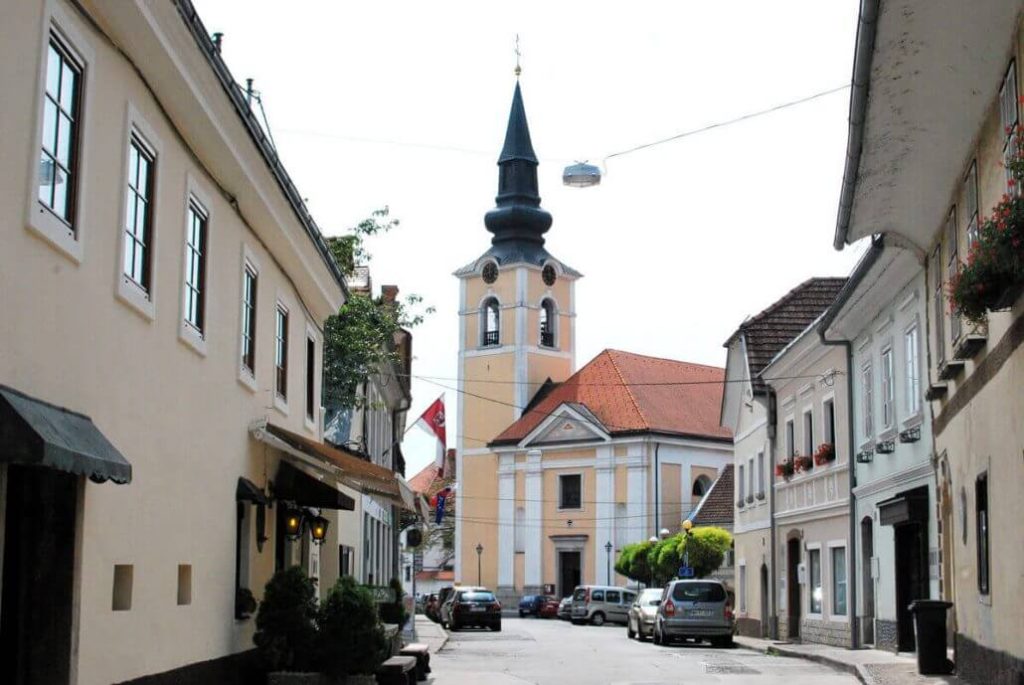
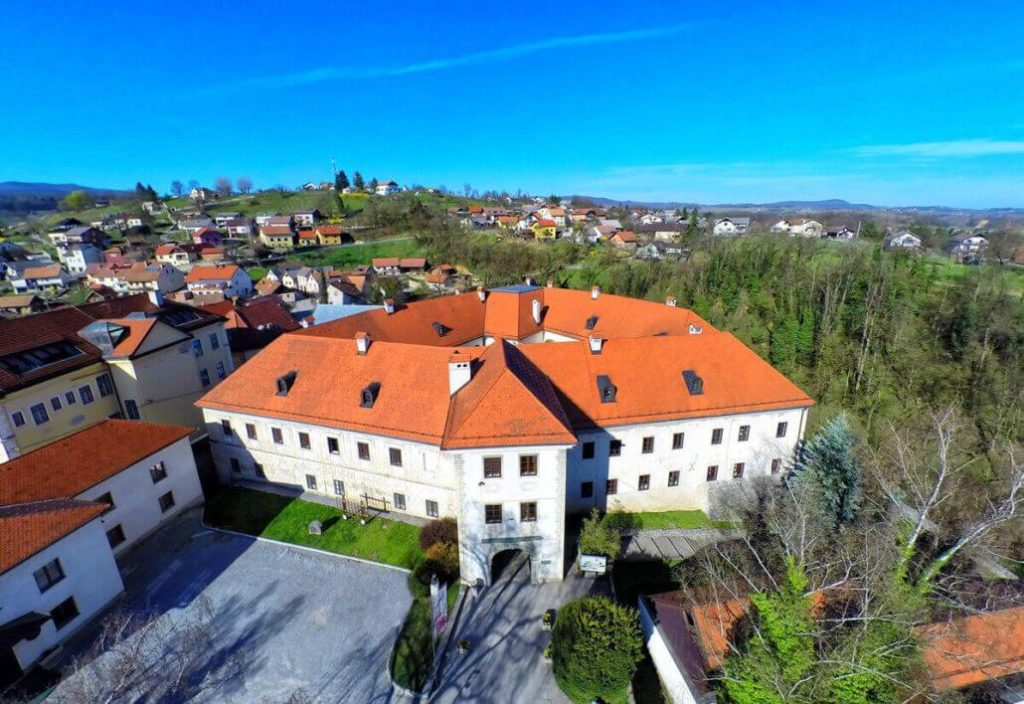
Cultural traditions, culinary specialities
Every season offers a different view of the sometimes, other times green or autumn coloured landscape.
Bela krajina Museum, Metlika – the permanent exhibition housed in the Bela krajina Museum in Metlika Castle is titled ‘The lives of the people of Bela krajina from prehistory to the mid-20th century’.
Kambič Gallery, Metlika – this collection of national importance comprises cultural and historic objects and art work of various Slovenian artists – from the generation of realists and impressionists to the artists of today.
Rosalnice – ‘Tri fare’ pilgrimage centre – a pilgrimage complex marked by its three gothic churches built within high cemetery walls.
Drašiči Community Vineyard Cottage – the Drašiči community vineyard cottage is a special way of connecting villagers in the local community and parish. Wine produced by members of the neighbourhood is kept in the vineyard cottage. The cottage is a gathering area for the wine of the village community, which is then lent and sold to villagers.
A meeting place of various faiths – Bela krajina is an area where for thousands of years various faiths have been present. In the area the remains can be found of the old Halstatt culture, Roman pagan and early Christian faiths, old Slavic, Eastern Byzantine and Protestant Christian faiths.
Mestni trg (Town Square) – Metlika’s town square is home to the birth houses of the sculptor Alojz Gangl (1859–1935) and the author Engelbert Gangl (1873–1950), as well as the former Wach Pharmacy (1886), which features a relief of the Holy Trinity and the first national reading room in Dolenjska (1865).

